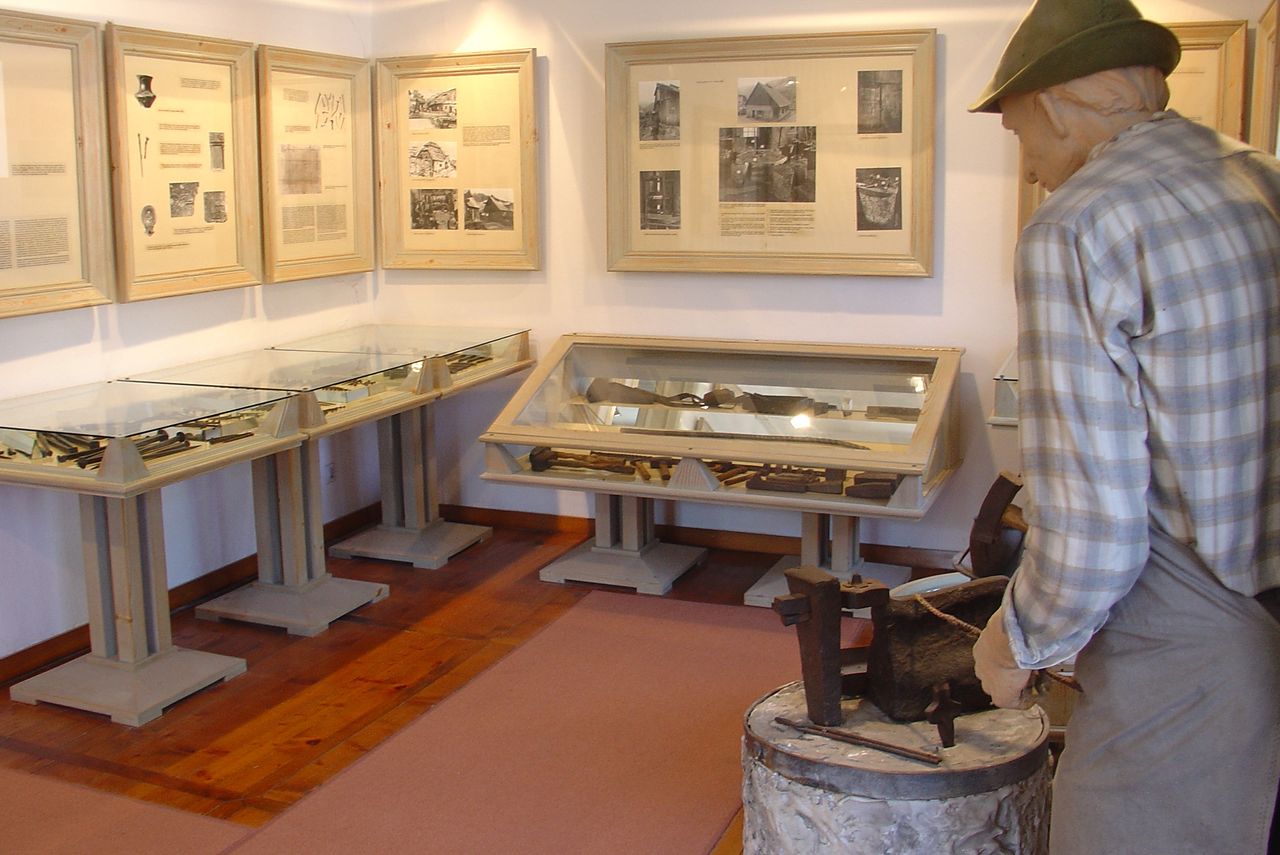 A collection of nails in the blacksmith's museum Kropa Iron Forging Museum in Radovljica
A collection of nails in the blacksmith's museum Kropa Iron Forging Museum in Radovljica
Located in the narrow valley beneath the Jelovica plateau, the town of Kropa has preserved the appearance of an old iron-making settlement and since 1953 has been protected as important state cultural monument. The Kropa Iron Forging Museum was established in 1952 as the first technical museum in situ. It was founded on the endeavours of locals and experts, especially Franjo Baš who was at that time director of the Technical Museum of Slovenia.
The Iron Forging Museum is located in the old 18th-century forging house known as Klinar House (a very well preserved mansion by a forge owner) and is nowadays administered by Radovljica Municipality Museums. It covers the technical and historical development of iron-working from iron ore to nail.
Collection
The museum introduces the commercial, social, demographic, and cultural circumstances of the settlement and neighbouring sites from the 15th century to the close of the iron foundry tradition in the 19th century and the downfall of nail-making handicraft in the 20th century. The museum also features a special collection of artistically-forged iron objects made by master blacksmith Joža Bertoncelj.
Of the many nail forges only the vigenjc Vice has remained and is now a dislocated technical monument of the Kropa Iron Forging Museum. It is an authentically preserved building, built in brick and wood from the 18th century, where visitors can see the manual forging of spikes and nails with an old furnace and tools (by appointment).
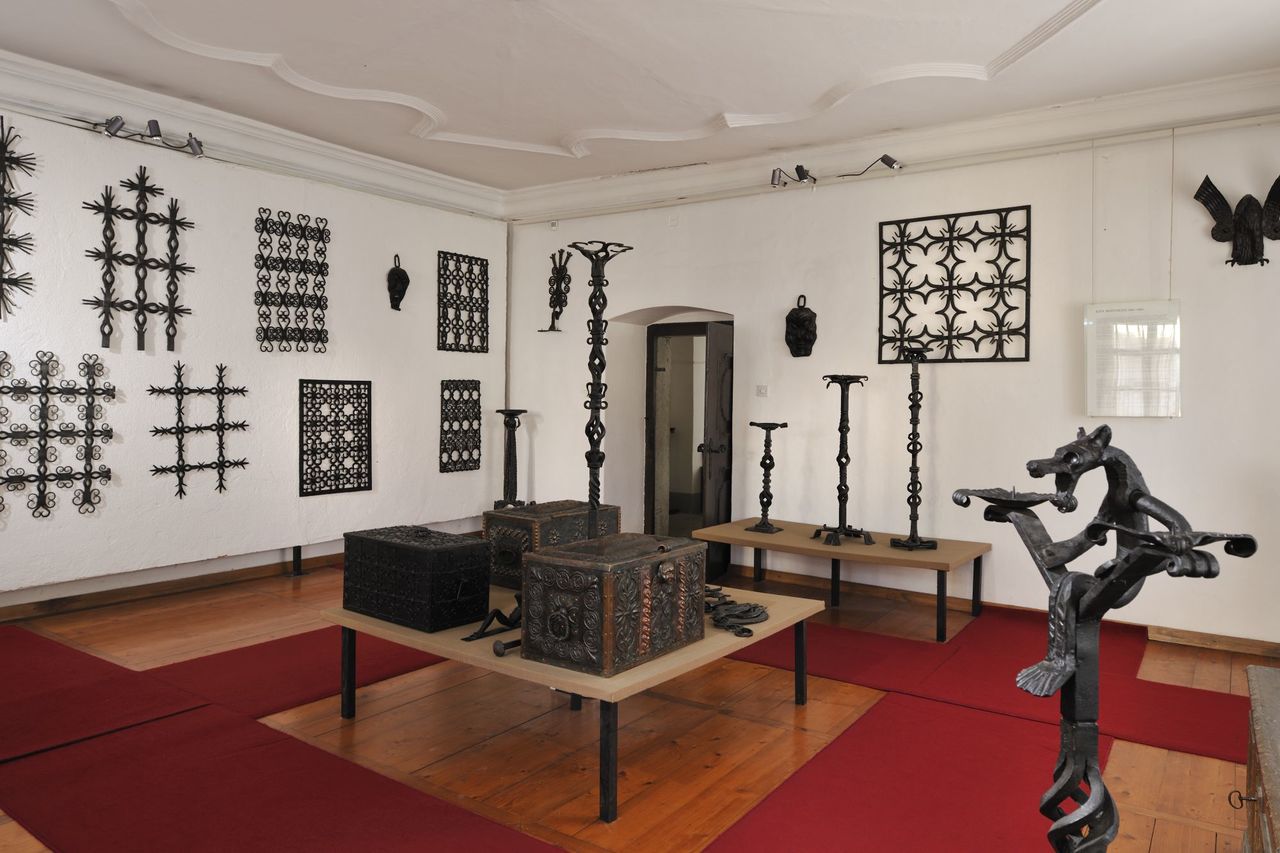 The Kropa Iron Forging Museum displays a part of the legacy of Joža Bertoncelj (1901–1976), a prominent Slovene metal-working artisan.
The Kropa Iron Forging Museum displays a part of the legacy of Joža Bertoncelj (1901–1976), a prominent Slovene metal-working artisan.
A brief history of Kropa forging
Notable development of the town of Kropa begun in the 14th century. The "Slovene Furnace" is an important archaeological finding that was discovered during excavations for the road towards Jamnik village above Kropa and shows how iron was forged in the Middle Ages. In the 15th century already two iron forging furnaces and blacksmith workshops existed. The peak of iron forging was in the 18th and 19th century two iron foundries, 7 forge semi-manufactures (cajnarica) and 19 spike-forges (vigenjc) were operating and employed about 1000 people. At the end of the 19th century, industrialisation changed the iron foundry into an industry cooperative (1893) which later in the 20th century became the Plamen Screw Factory.
 Vigenjc Vice, a restored smithy for nail-making that dates back to the 18th century.
Vigenjc Vice, a restored smithy for nail-making that dates back to the 18th century.
See Also
External links
Gallery
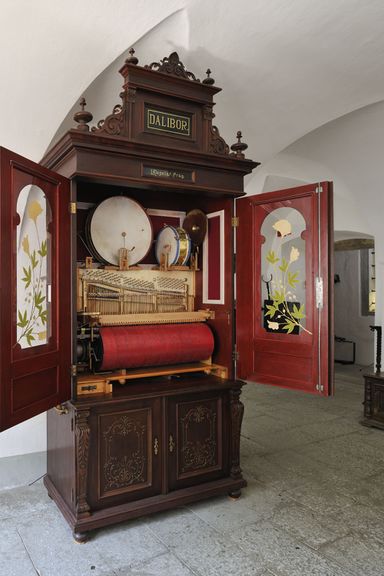
A restored orchestrion from the early 20th century that is still playing eight different tunes, inscribed in small nails.
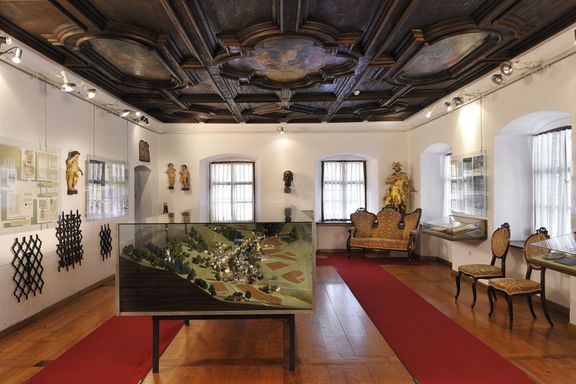
A model of the town of Kropa below an originally preserved cassette ceiling decorating the mansion that hosts the Kropa Iron Forging Museum.
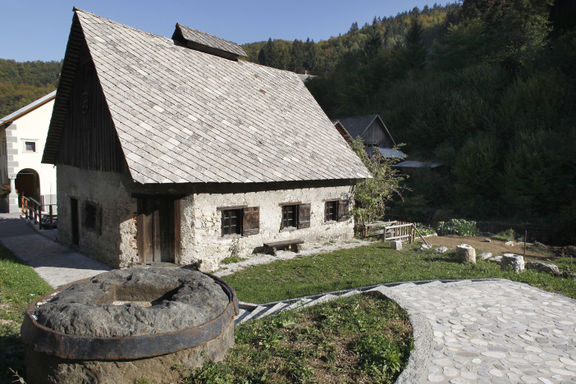
The term vigenjc – denoting a nail-smithy – is a rare word that was only used in Kropa and a couple of neighbouring settlements. During the 19th century Kropa had 19 such establishments, each of them having their own name. This is the only remaining one, named Vice.
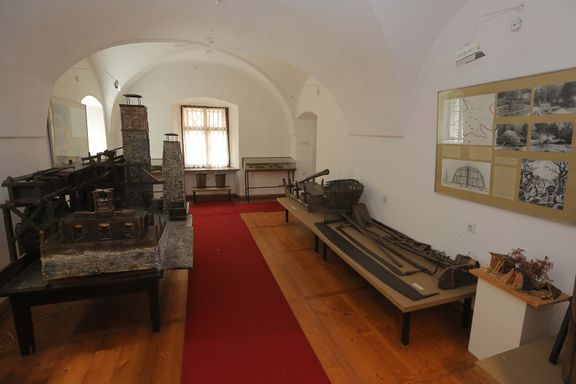
The Kropa Iron Forging Museum portrays the historic development of iron casting by different replicas of the technology used.
![Jože Plečnik]].](/images/thumb/7/76/Kropa_Iron_Forging_Museum_2017_A_souvenir_candlestick_following_Plecnik%27s_design_Photo_Gorazd_Kavcic.JPG/576px-Kropa_Iron_Forging_Museum_2017_A_souvenir_candlestick_following_Plecnik%27s_design_Photo_Gorazd_Kavcic.JPG)
The Kropa Iron Forging Museum offers various souvenirs related to decorative metalwork. This particular candlestick is based on a design by the renowned architect [[::Category:Plečnik_heritage|Jože Plečnik]].

Vigenjc Vice, a restored smithy for nail-making that dates back to the 18th century.







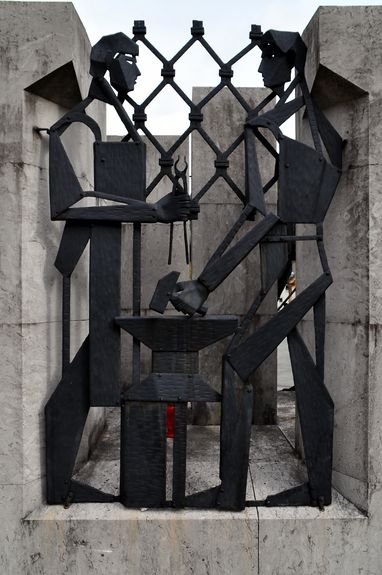

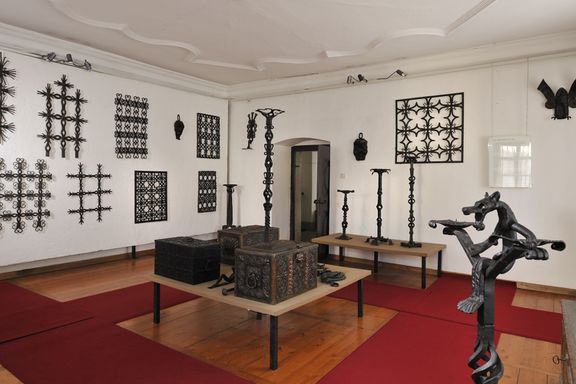



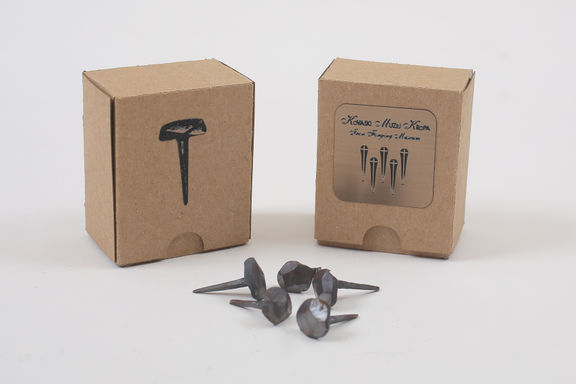
![Jože Plečnik]].](/images/thumb/7/76/Kropa_Iron_Forging_Museum_2017_A_souvenir_candlestick_following_Plecnik%27s_design_Photo_Gorazd_Kavcic.JPG/576px-Kropa_Iron_Forging_Museum_2017_A_souvenir_candlestick_following_Plecnik%27s_design_Photo_Gorazd_Kavcic.JPG)

